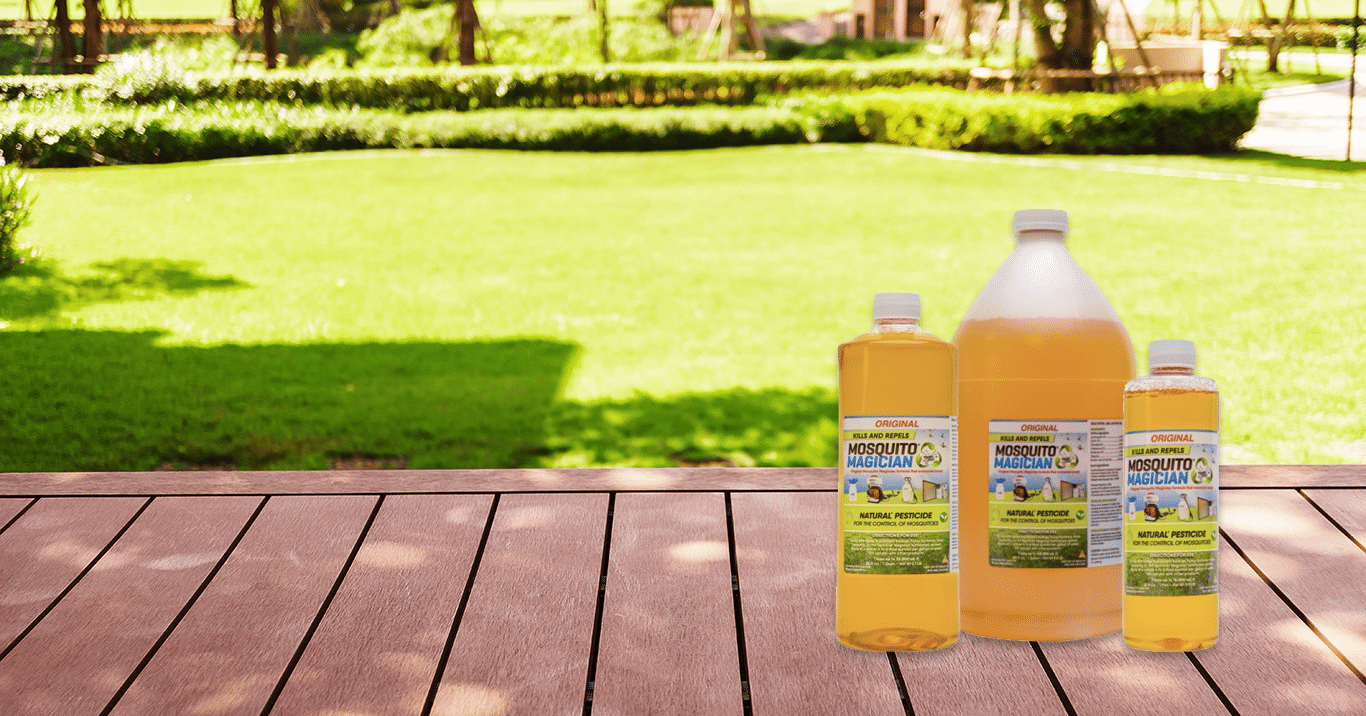Sprinkler Magician
April 18, 2021
When was the last time you took a close look at a mosquito instead of immediately swatting it? Most people have never attempted to examine mosquitoes to see exactly what they look like. If you were to study the aesthetics of mosquitoes, you would find significant differences between them.
So, what do mosquitoes look like? There are more than 3,000 different types of documented mosquito species. About 150 mosquito species live in the United States. Each mosquito species’ appearance, behavior, and living spaces are unique. Here’s what mosquitoes look like and how to determine what kind of pest you’re dealing with!

What Does a Mosquito Look Like?
The mosquito life cycle is broken up into four stages: egg, larva, pupa, and adult. During these stages, mosquitoes look extremely different.
While all mosquito species have distinct features, they always have a single pair of scaled wings. They also have a single pair of halteres, which are small knobbed organs (similar to wings) that help mosquitoes fly. The body part that helps them suck blood is called a proboscis, which is a long, tubular mouthpart.
In terms of body composition, mosquitoes have thin bodies and elongated limbs. Each species has a unique size yet the typical mosquito is less than 2.5 mg in weight and measures less than 1.5 cm in length. Though mosquitoes seem quite fragile, they are remarkably tough.
What Do Mosquito Eggs Look Like?
Depending on where they’re laid, mosquito eggs could look different. They’re either permanent water eggs or the floodwater variety:
- Floodwater female mosquitoes lay eggs in moist substrate, such as damp soil, rather than standing water. Their eggs must be completely dry for a specific amount of time before becoming viable.
- Permanent water mosquito eggs are dropped on the surface of the water. They can be dropped one-by-one or in a raft with upwards of 300 eggs. If these eggs dry, they will not hatch. Females drop their eggs in swamps, lakes, and other permanent water bodies to ensure their offspring live. Hatching takes place in 24 hours or less.
What Does Mosquito Larvae Look Like?
The mosquito’s larval stage is aquatic. Mosquito larvae do not have legs and have small, elongated bodies. They spend most of their time on the water. Mosquito larvae are sometimes referred to as “wrigglers” because they get around by rapidly moving their abdomen, which propels them through the water.
The larval stage is when mosquitoes are most vulnerable. This combined with their limited escape options makes killing mosquitoes in standing water the most effective way to keep them at bay.
What Do Pupal Mosquitoes Look Like?
This mosquito stage is also aquatic. Mosquito pupa are shaped similar to a comma. They spend most of their time on the water’s surface. The parts of the mouth, wings, and legs of the adult mosquito develop in the form of sheaths that curl along their underside.
Where Do Mosquitoes Live?
Mosquitoes tend to live in warm climates with ample moisture though some reside in cool zones. However, mosquitoes do not stay in areas with freezing temperatures. In general, tropical areas, subtropics, and other areas with considerable humidity attract mosquitoes.
What Do Mosquito Bites Look Like?
Most of the time, a mosquito bite appears as puffy white and reddish bumps that you start to see shortly after being bitten. When the insect sucks blood from you, they insert saliva into your body which is what can cause allergic reactions such as reddening or even a fever.
In general, mosquito bites won’t be more than an itchy annoyance. We’ve compiled our top eleven tips to stop mosquito bites from itching so you can finally find some relief from itchy mosquito bites! Our list includes some common ones like a cold press and baking soda. However, there are some less known ones such as Vicks VapoRub and alcohol.
Mosquito bites are caused by female mosquitoes feeding on your blood to nourish their eggs. Male mosquitoes don’t bite humans — they only need plant juices for survival. Mosquitoes identify their potential victims by their scent, exhaled carbon dioxide, and the chemicals in a person’s sweat.
How Do You Tell If It’s A Mosquito?
There are a few other bugs that look very similar to mosquitoes, including crane flies and midges. Determining the type of insect you’re dealing with is crucial to figuring out the right type of pest control treatment needed.

Mosquitoes VS Crane Flies
A fully-grown crane fly resembles a large male mosquito, yet crane flies are a completely different group of insects. Crane flies essentially just look like large mosquitoes, but they aren’t nearly as dangerous. Crane-fly females do not draw blood from targets, so they’re nothing more than a slight annoyance. The main way you can tell a crane fly apart from a mosquito is their longer, more slender bodies. They also aren’t great at flying and can look clumsy in the air, whereas mosquitoes can quickly fly around. If you see a crane fly, there’s no need to worry!

Mosquitoes VS Midges
Midges are also commonly mistaken for mosquitoes, though midges don’t bite like mosquitoes. The majority of midges are unable to bite you at all. The main characteristic that separates mosquitoes from midges is that midges lack the long, needle-like mouth (AKA proboscis). The wings of a midge also look more translucent, like glass, compared to the scaly appearance of mosquito wings.
The End of Mosquitoes Begins Here!
Are you tired of being harassed by mosquitoes and want to protect your family from these deadly insects? The end of mosquitoes begins now! Fight off mosquitoes with effective Mosquito Magician products.
